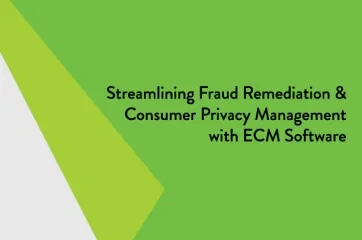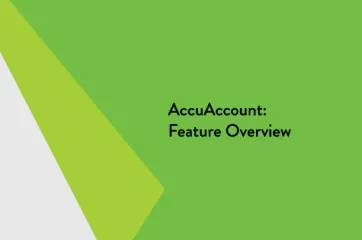Dormant accounts (usually checking or savings accounts) are those that have had no activity for a lengthy period. These accounts are considered sensitive in nature because they are more likely to be the target of embezzlement due to limited—or lack of—monitoring by the customer or member. Banks and credit unions must implement proactive measures to deal with dormant accounts to reduce such risks.
From Dormant Account to Escheatment
A financial institution’s core system will flag an account when it becomes dormant. Then, the bank or credit union will usually place the dormant account into a restricted status. This allows only certain employees to access the account, thereby reducing the risk of embezzlement.
After a set period, the bank or credit union will close the account, and funds are escheated to the state’s treasury. At that point, the customer or member (or his or her heir) must contact the state to reclaim the money. Escheatment times vary by state.
Protecting Dormant Accounts
As previously mentioned, banks and credit unions usually try to limit staff access to dormant accounts in their core system. Employees may still be able to retrieve dormant account information especially if the bank or credit union relies on paper documents that are still accessible to employees. Examples may include signature cards or other hard copy files.
To reduce the risk of employee theft, modern financial institutions are turning to electronic document management systems, such as AccuAccount. A system like AccuAccount can receive information from the core, identify dormant accounts, and automatically place dormant accounts into a restricted “branch.” This gives administrators the ability to limit user access confidently and instantly to dormant account information and related documentation.
Banking Resources
For more information about customer and account document management, be sure to check out our extensive resource library with free spreadsheets, whitepapers, and eBooks.
Browse our banking definitions page for more terminology.














